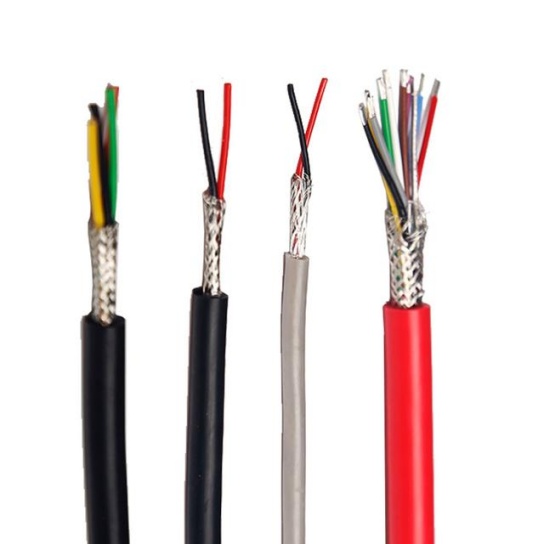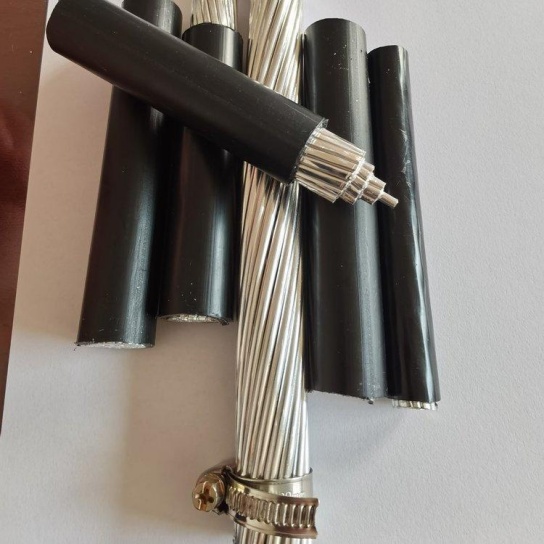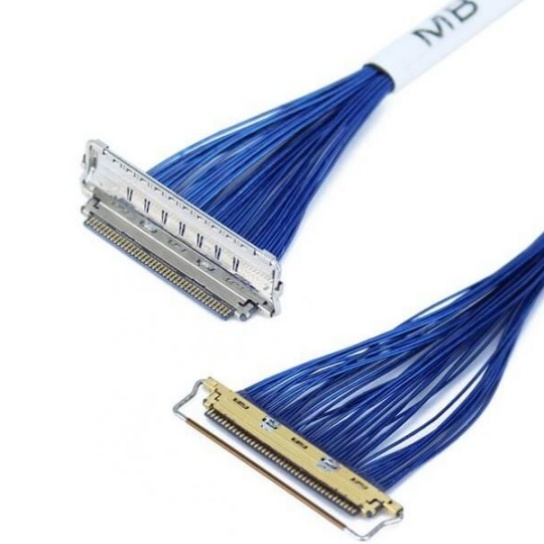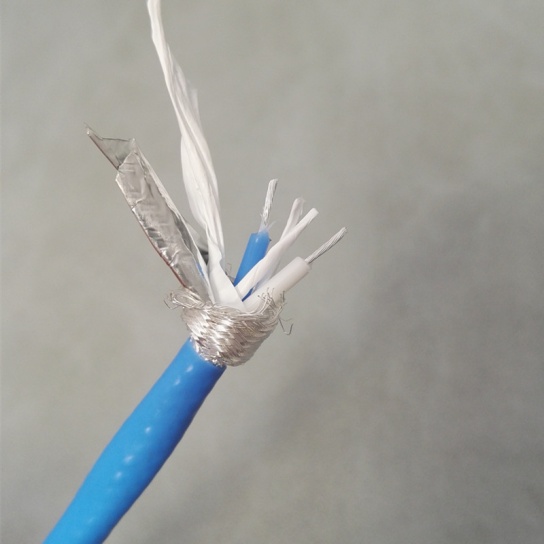Aircraft Cable Assemblies: Reducing Weight Without Compromising Strength
The aviation industry’s relentless drive for fuel efficiency, extended range, and improved payload capacity has made weight reduction a strategic priority—yet safety and structural integrity remain non-negotiable. Aircraft cable assemblies, which serve critical roles in power transmission, signal routing, and mechanical actuation (e.g., flight control systems, landing gear), are caught in this dual demand: they must shed unnecessary weight to boost aircraft performance, while maintaining the strength and durability to withstand extreme flight conditions (turbulence, temperature fluctuations, and vibration). This article explores actionable, industry-proven strategies to achieve this balance, equipping engineers, procurement teams, and maintenance professionals with practical insights to select or develop high-performance cable assemblies.
1. Material Innovation: The Cornerstone of Weight-Strength Balance
Traditional aircraft cable assemblies often relied on high-carbon steel for strength, but its density (7.85 g/cm³) adds significant weight. Modern solutions prioritize high-strength, low-density materials that deliver equivalent or superior structural performance while cutting mass:
- High-Strength Aluminum Alloys (e.g., 7075-T6): With a density of 2.81 g/cm³ (49% lighter than steel), 7075-T6 aluminum offers a tensile strength of 510 MPa—comparable to mild steel. It is ideal for non-critical power cables and interior wiring, reducing weight by 30–40% without sacrificing load-bearing capacity.
- Titanium Alloys (e.g., Ti-6Al-4V): For high-stress applications (e.g., flight control cables), Ti-6Al-4V stands out. Its density (4.51 g/cm³) is 43% lower than steel, yet it boasts a tensile strength of 860 MPa and exceptional corrosion resistance. A commercial airliner using titanium cable assemblies in its landing gear system can reduce airframe weight by 5–8 kg, translating to ~1,000 liters of annual fuel savings.
- Composite-Reinforced Polymers (e.g., Carbon Fiber-Reinforced PEEK): For insulated signal cables, carbon fiber-reinforced thermoplastics (density ~1.4 g/cm³) are game-changers. They are 82% lighter than steel, 50% lighter than aluminum, and offer excellent electrical insulation—critical for avionics. These composites also resist wear and chemical degradation, extending service life by 2–3x compared to traditional PVC-insulated cables.
2. Design Optimization: Trim Fat Without Weakening Structure
Even with advanced materials, poor design can undermine weight-saving goals or compromise strength. Precision engineering techniques focus on eliminating redundancy and maximizing load distribution:
- Fine-Strand Construction: Instead of single-core cables, modern assemblies use multi-strand designs (e.g., 7×19 or 19×19 configurations). This structure disperses stress evenly across strands, reducing the risk of single-point failure while allowing for thinner conductors. A 7×19 strand cable, for example, can use 20% thinner individual wires than a single-core cable of the same strength, cutting weight by 15–20%.
- Integrated Multi-Functionality: Traditional systems often use separate cables for power, signal, and data transmission—adding redundant insulation and connectors. Integrated assemblies combine these functions into a single, compact unit. For instance, a “power-signal-data” hybrid cable reduces the number of components by 40%, slashing weight while simplifying installation and reducing maintenance complexity.
- Topology Optimization via FEA: Finite Element Analysis (FEA) tools simulate stress, vibration, and thermal loads to refine cable connector and bracket designs. By removing material from low-stress areas (e.g., tapering connector edges, hollowing bracket cores), engineers can reduce component weight by 25–30% while ensuring compliance with SAE AS50881 (the aerospace standard for cable strength).
3. Advanced Manufacturing: Precision That Guarantees Consistency
Even the best materials and designs fail without manufacturing precision. Modern processes minimize waste, enhance material efficiency, and ensure every cable assembly meets strength standards:
- Precision Extrusion for Insulation: Traditional insulation extrusion often produces uneven thickness (±0.1 mm), leading to unnecessary weight. Advanced extrusion systems (equipped with real-time laser thickness monitors) control insulation layers to ±0.02 mm. For a 100-meter cable, this reduces insulation weight by 12–15% while maintaining dielectric strength.
- Laser Beam Welding (LBW) for Connectors: Soldering or arc welding adds weight (via flux or filler metal) and creates weak points due to heat distortion. LBW uses a focused laser to join conductors and connectors with minimal heat input—reducing joint weight by 10% and increasing tensile strength by 15% compared to traditional methods. LBW also eliminates corrosion risks from flux residues.
- Automated Assembly Lines: Manual assembly introduces variability in strand tension and connector alignment, which can weaken cables. Automated lines (with robotic tension controllers and vision inspection) ensure consistent strand spacing and connector crimping. This not only improves strength reliability (failure rates drop to <0.1%) but also reduces material waste by 8–10%.
4. Rigorous Testing & Certification: Validate the Balance
No weight-saving measure matters if it compromises safety. Aircraft cable assemblies must pass industry-mandated tests to prove strength and durability:
- Tensile Strength Testing: Per SAE AS50881, cables must withstand 1.5x their maximum design load without breaking. For example, a flight control cable rated for 5 kN must endure 7.5 kN during testing.
- Fatigue Testing: Cables undergo 10⁶ cycles of vibration (simulating 20+ years of flight) at frequencies up to 2,000 Hz. Passing requires no cracks or strand breakage—ensuring long-term reliability.
- Environmental Testing: Assemblies are exposed to extreme temperatures (-65°C to 150°C), humidity (95% RH), and hydraulic fluid exposure. This validates performance in harsh flight conditions without degradation.
- Certifications: Compliance with FAA TSO-C147 (U.S.) and EASA ETSO-C147 (Europe) is mandatory, ensuring global acceptance and adherence to safety standards.
Partner with FRS: Where Weight Savings Meet Aviation-Grade Strength
For aircraft manufacturers and MROs seeking cable assemblies that master the weight-strength balance, FRS stands as a trusted, vertically integrated partner. Leveraging high-strength aluminum, titanium, and composite materials, our engineering team uses FEA-driven design to optimize every strand, connector, and insulation layer—delivering weight reductions of 20–40% without compromising strength.
FRS’s precision manufacturing processes (laser welding, automated extrusion, and robotic assembly) ensure consistent quality, while our in-house testing lab validates every assembly against SAE, FAA, and EASA standards. Whether you need custom solutions for commercial airliners, military jets, or unmanned aerial systems (UAS), FRS combines technical expertise with fast turnaround times to meet your unique needs.
Choose FRS: Where innovation reduces weight, and rigor guarantees safety—every cable, every time.






